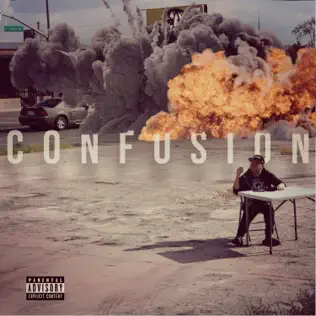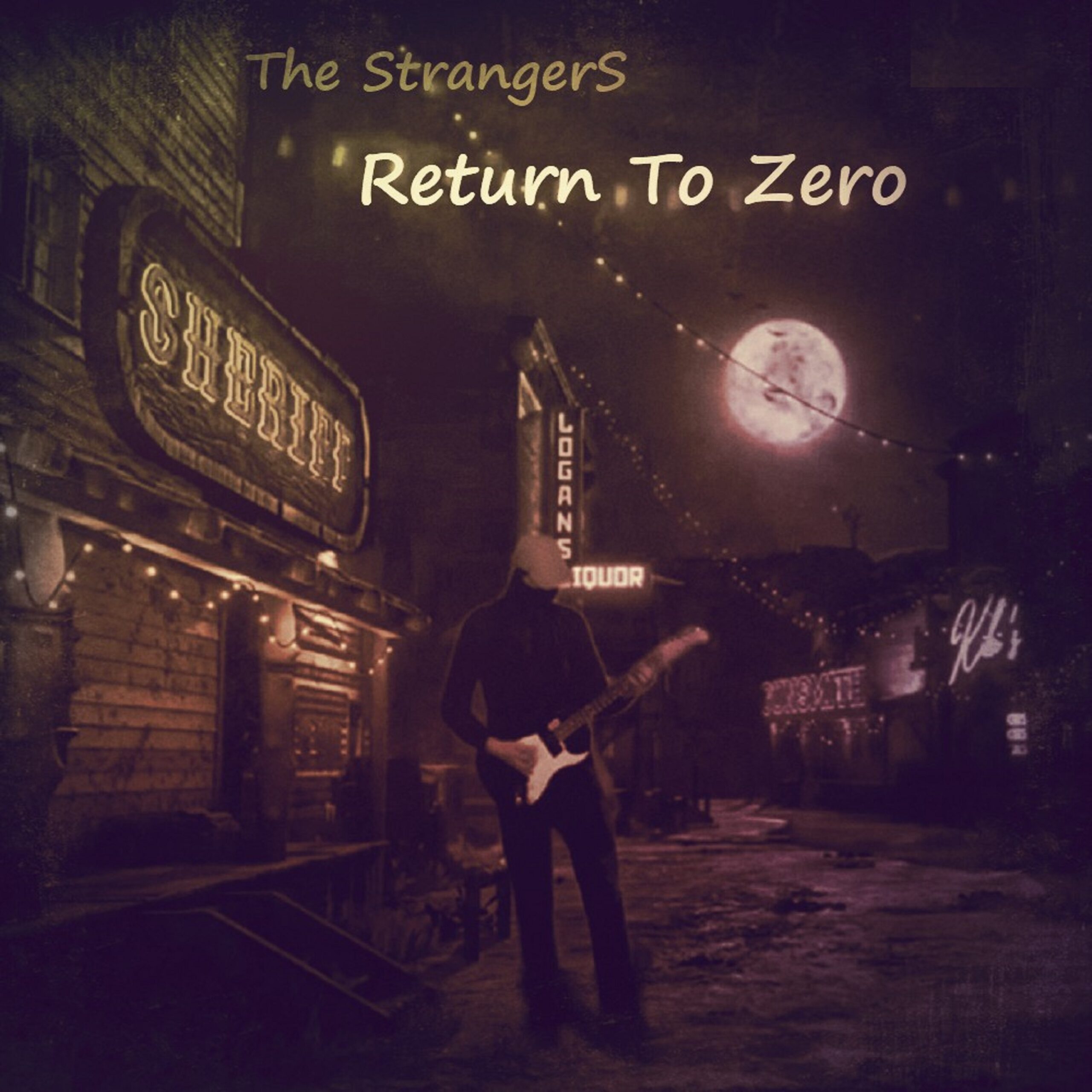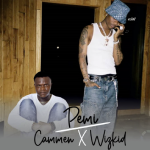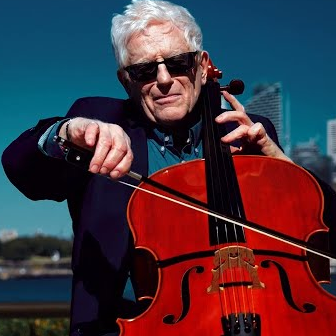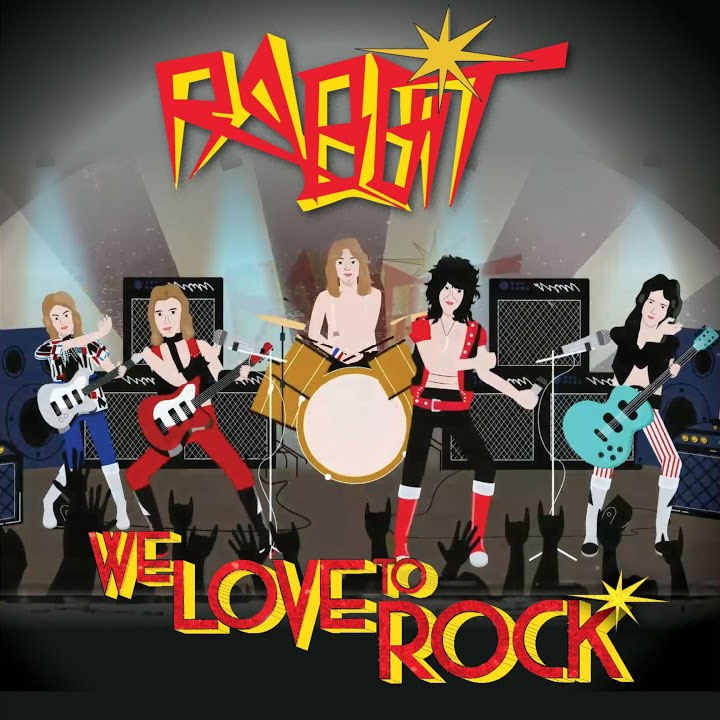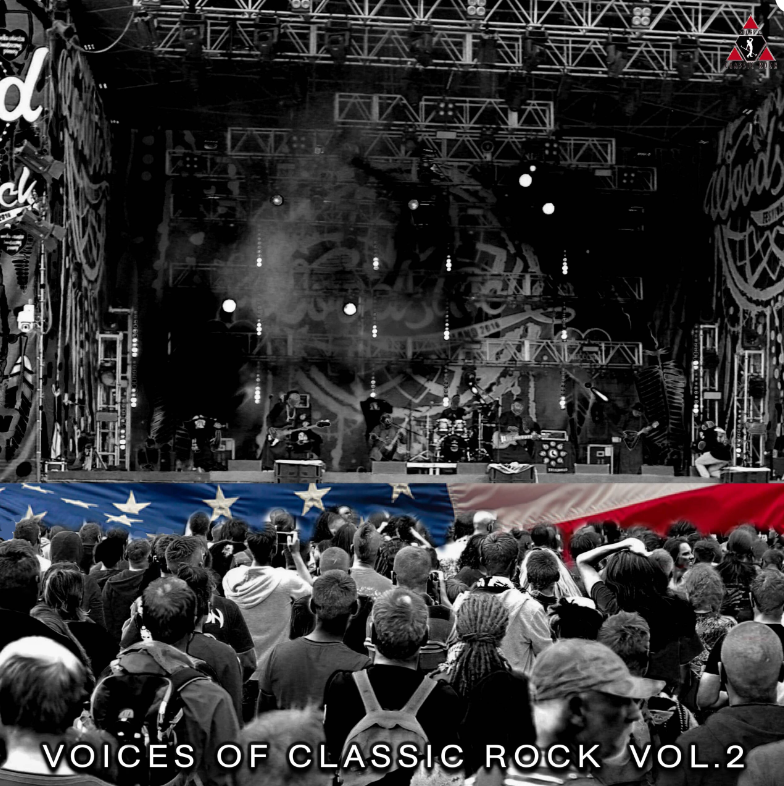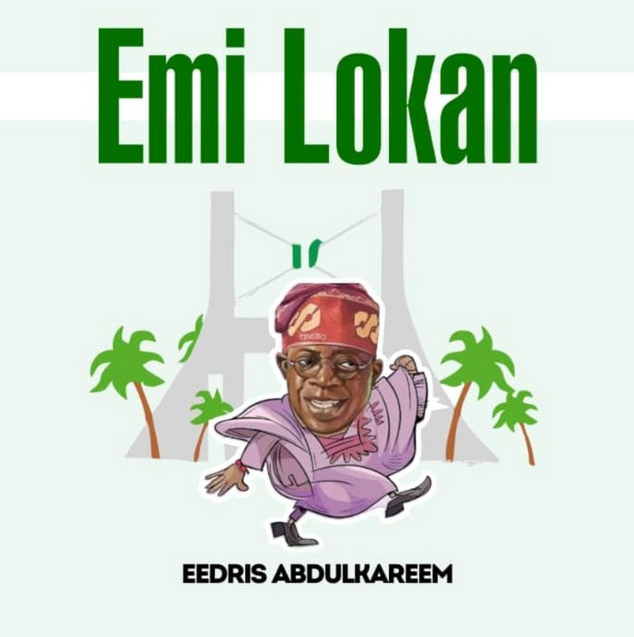blue pie news
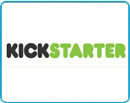
Pledging For Music and The rise of the ‘Kickstarter’ business model and adding value to the traditional album product. In the last five years, a handful of sites have emerged which aim to create an investment platform for musicians to raise their profile, build a following and most importantly, receive some much-needed financing. Sites such as Kickstarter, Pledge Music, Sellaband and Slicethepie all offer this model with different terms.
What’s key to these services is the artist-to-fan relationship. As well as offering the fan the chance to become an investor in the album, they also have the opportunity to buy multiple bundles comprised of limited edition wares. Reasonable to out-of-this-world incentives are not only used to sell units, but also to help vary the product and allow artists to open up the price bracket. In basic terms: if you can get the fan to be an integral part of the record making process and then sweeten the deal with the most exciting, exclusive content available, there is very little chance they are going to download it for free. In fact, they’re likely to end up spending more money on the record than they would pay for it in say… HMV.
Fans fund album campaigns for rewards: the reward of becoming closer to an artist they respect and admire, and the kudos they get from being a part of a unique experience. The rewards also come in the form of products, benefits and ‘money can’t buy’ incentives. This relationship is key to the fan-funded model and is what motivates the fan-base to spend money.
Below is an example of what fans might be asked to pledge and what they receive in return when the campaign reaches its target (based on the Sellaband model):
- Bronze: $15 An exclusive limited edition signed CD, digital download of live recording plus unreleased studio recordings.
- Silver: $60 Backstage pass, meet and greet with the artist + all of package 1.
- Gold: $300 Exclusive and personalised song/composition written and performed by the artist, complete artist back catalogue + all of package 1 & 2.
In a nutshell, it follows the same principle as raising money for a Church Roof fund or donating to a Blue Peter appeal – creating a sense of community among fans as the ‘thermometer’ climbs to its target.
Campaigns usually last for around a month before release date. The financial target is set and only when the goal is reached do fans get charged and the campaign succeeds (this holds for Kickstarter and Pledge Music; Sellaband doesn’t work this way!). Getting releases out there so early echoes the days of old when fans anticipated the release of an album. It allows the campaign time to grow and spread organically; especially useful when building hype for new artists.
This model considerably reduces the risk of releasing records from an artist/label point of view. No longer does the label or band themselves have to press up ‘x’ number of albums with no guarantee they will be bought, but will know how many units have been sold before they even enter the studio. This kind of waste management could be key in protecting record labels from costly over-manufacturing. Similarly, when booking gigs, the promoter’s risk is considerably lessened when there is already interest from fans willing to attend an exclusive gig – potentially one that will sell out with little or no press or marketing on their part.
Artists such as Marillion, Public Enemy and Gang Of Four have all released albums via the fan-funded model, and all have met with success. Looking at many of the winners of the fan-funded model it looks like established artists are still coming out on top, which poses the question: is this is a viable way of selling music for new bands, or is it reserved for only the established bands with a loyal fanbase in place? There is no doubt that having a huge database of hardcore fans is going to generate an established artist more money and buzz than someone just starting out. However, good music ought to prevail, and with a lot of hard work and realistic targets set there is no reason why the fan-funded model shouldn’t work for everyone.
With all this considered, it’s looking like the fan-funded model could become a viable alternative to the traditional music deal. Artists are able to retain 100% of their publishing and recording rights with services taking a fixed percentage of the capital raised (Kickstarter 5%, Pledge Music 15%, Sellaband 15%).
On the flip side, there does seem to be some negative stigma associated with fan-funded music, as people still are a little wary of music released without a label’s quality control stamp. Even with help from an established PR company, getting radio, TV and press coverage without a label on board is likely to be harder work when in direct competition with artists that have the label ‘PR machine’ in place. There is also no guarantee that the artist will ever get access to the pledged money if the campaign isn’t successful… Some of these services don’t even allow the artists access to the database of fans they have built during the campaign! That said, it does seem to be the most democratic way to release music – and who better to decide what gets released than the people prepared to spend their hard earned cash on the record? Let’s call it ‘selling to the converted’…
The music industry can’t stop people downloading music for free, but giving meaning to the process of making an album and allowing fans the flexibility of buying multiple bundles of exclusive content may provide a reason not to steal anymore.
Check out their site www.kickstarter.com




























